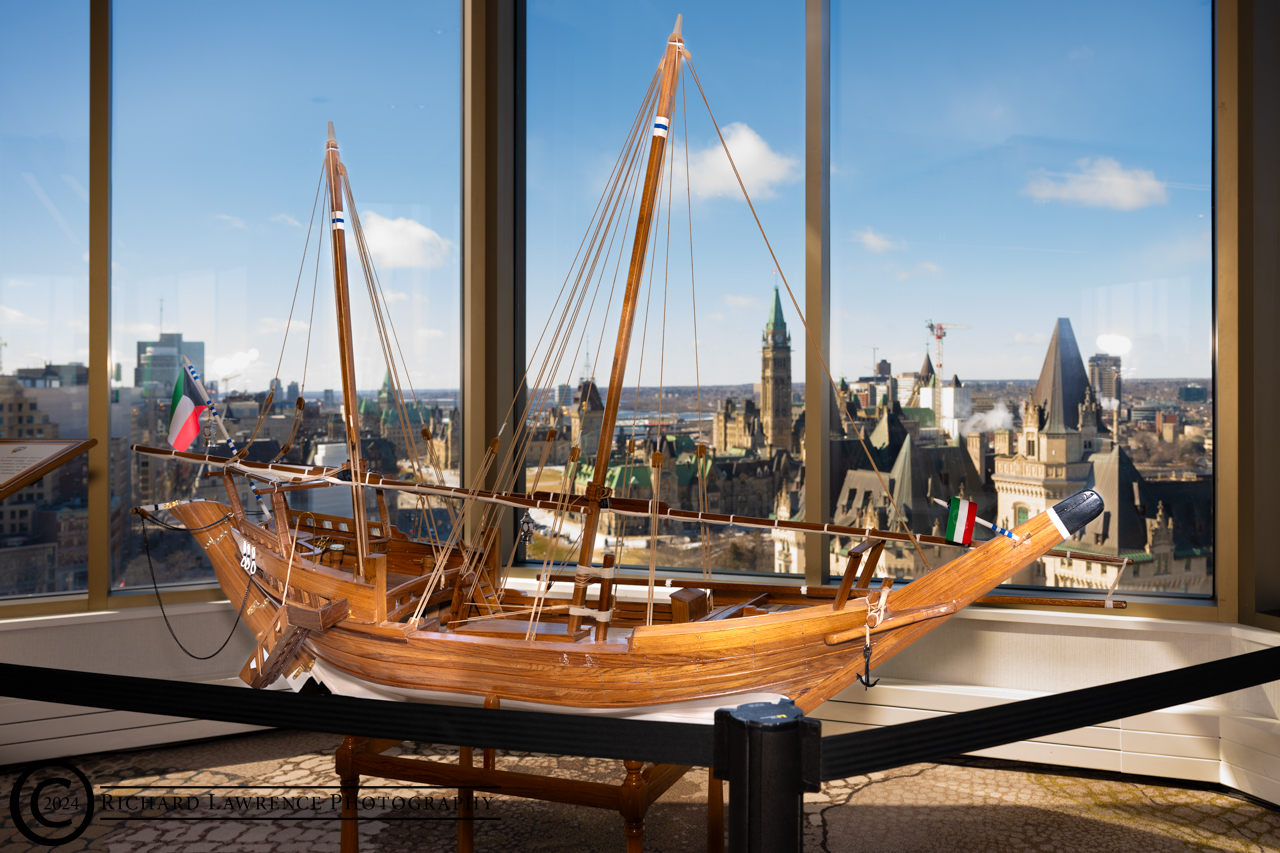CANSEC 2018, Canada’s largest defence and security exhibition, is finished for this year, having been open the 30th/31st May at the EY Centre in Ottawa. All the usual suspects were in attendance from the military industrial complex from shipbuilders such as Davie, Irving, Seaspan, Lockheed Martin and BAE, all showing their wares for the billions in shipbuilding and maintenance contracts, aircraft manufacturers Boeing, Airbus, and SAAB, all wanting a piece of the new fighter contract, and huge companies like General Dynamics, Lockheed Martin, and Rheinmetall with their fingers in every sector. There were also smaller, niche players like Hudson who manufacture buckles, patches, and other smaller military accoutrement and Logistik with their clothing and exoskeleton offering. A lot of what was on exhibition has been seen before but there are always one or two items that stand out.
Of the standout items there were two in the toys for boys category: the Sea-Doo SAR vehicle which is a Sea-Doo with a rear-mounted 7.62 mm machine gun (images #354 – #357) on back, and the Polaris Timbersled which is a kit that converts your dirt bike into a winter ready tracked bike on skis (images #268 – #279).
On the more niche side was the Aliter Virtual Mast (VIMA) which allows for battlefield communications by putting a drone into the sky as a communications hotspot so that battlefield commanders are no longer limited by line-of-sight communications or by having to erect mechanical masts which are limited in height. The VIMA is tethered to the ground so it has power and data links built into the tether that allow it to stay operational as long as needed as opposed to being limited by battery life. And, as it is tethered to the command station, it doesn’t have to worry about its’ own signals being jammed or hacked.
There were many companies hawking drone technology of one sort or another because the drone is becoming ubiquitous as a cheap and dependable means of surveillance, target spotting, and a myriad of other functions. However, the one downside to drones is that they depend on communications back to a command centre (unless on an autonomous mission) and those communications can be jammed. One company, Allen Vanguard, had a simple and elegant solution to counter drones which is to supply equipment to provide a counter-drone umbrella over whatever needs to be protected. The solution is simple in that it does not attempt to do anything other than block the comms signals to the drones, rendering them useless at that point where they then go to automatic loss-of-comms programming which may be just to hover in place or return-to-base. There is no tracking, no analysis, no differentiation – it just stops all drones within a given area.
That area is spec’d out to 500 metres in all directions but has been successfully used out to 1000 metres and does not have the “doughnut hole” in the centre of the protection that would be common to most antenna configurations. It is a complete umbrella over the protected area. It is in a package that can be mounted on a vehicle so it can be a moving cover from airborne IEDs for a convoy, or mounted on top of buildings, permanently or temporarily, for fixed area protection. Because it doesn’t try to do anything else, the cost is extremely low for this type of equipment.
Not to forget the speakers at mealtime, attendees and exhibitors heard from the Minister of National Defence, Harjit Sajjan, the Minister of Public Service and Procurement, Carla Qualtrough, the Minister of Innovation, Science and Economic Development, Navdeep Bains, and Mr. Dominic Barton, Global Managing Director for McKinsey and Company. Minister Sajjan noted that the current defence plan is ambitious but achievable with a ten year increase in defence spending of 70% to 32.7 billion dollars. He also said that within the 20 year timeframe, “the defence policy remains not only fully costed, but fully funded. This ensures that our [men and women] in uniform will have the funding, resources, critical equipment and support they need to succeed in their missions.”. Minister Bains re-iterated the government’s commitment to women because it’s “… fundamentally the right thing to do.”, while noting that he may be slightly biased as he has two young daughters.
On the floor, there were several delegations from foreign nations (Chile and Peru were seen) as well as Canadian military as Vice-Admiral Lloyd, Commander of the Royal Canadian Navy, and Lieutenant-General Wynnyk, Commander of the Army, were busy visiting the booths on the first morning. VAdm. Lloyd visited the Logistik booth to look at the new RCN combat clothing and, surprisingly, was well versed in the minutiae of uniforms and badge placements as he discussed what would and wouldn’t work with uniforms on display.
All in all, it was two full days of networking and the showcasing of Canadian military industry and innovation with the hopes of getting a slice of the billions of dollars of defence spending.
To see all the pictures, CLICK HERE
=================================================






















